
How They Did It
How The New York Times Uncovered and Visualized Dangers Faced by Child Influencers
An interview with two journalists who investigated the world of child influencers and the highly sexualized nature of some of their most ardent fans.

An interview with two journalists who investigated the world of child influencers and the highly sexualized nature of some of their most ardent fans.
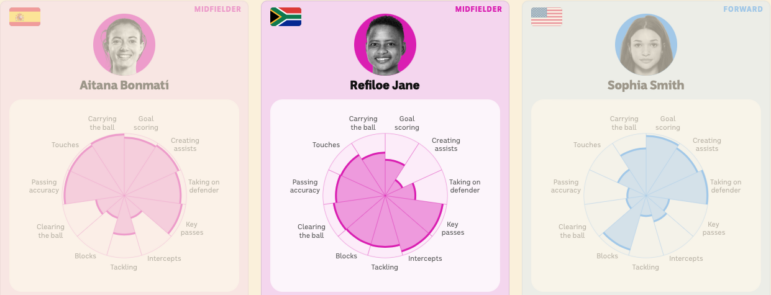
This week’s column features stories on the record-breaking global heat, popular French baby names, Russia’s war dead, and the likely breakout stars of the 2023 FIFA Women’s World Cup.
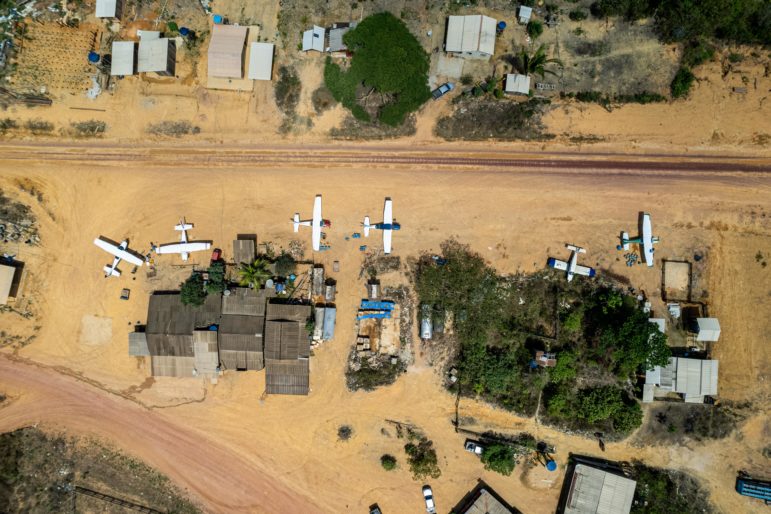
Rainforest Investigations Network fellow Hyury Potter used data reporting and machine learning to investigate the link between clandestine airstrips and illegal mining in the Brazilian Amazon during the past two years.
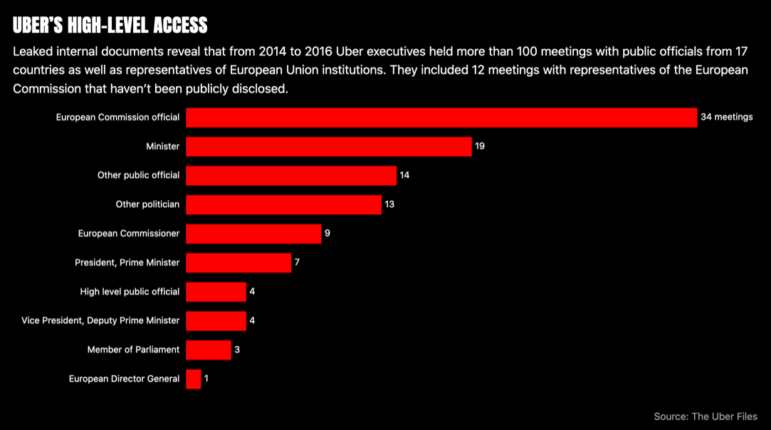
The Uber Files leak contains reams of data and documents that detail the inner workings of the ride-hailing company, and has led to a global investigation into the firm’s practices. Also in this week’s edition of the top 10 stories in data journalism, we look at the dubious legacy of the UK’s scandal-hit leader Boris Johnson, the reconstruction of Notre-Dame cathedral, and the widespread epidemic of US gun violence.
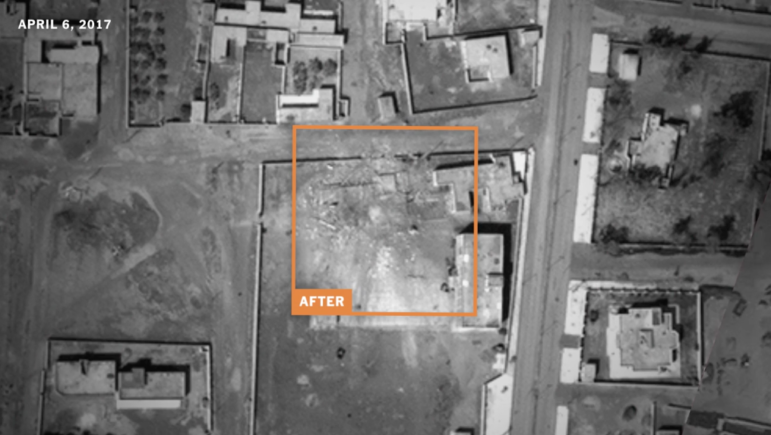
To get a behind-the-scenes look at The New York Times’ Pulitzer Prize-winning investigation into the civilian death toll of US airstrikes, GIJN interviewed two key members of the reporting team: Christoph Koettl, a member of the Times’ visual Investigations team, and the series’ lead reporter, Azmat Khan.
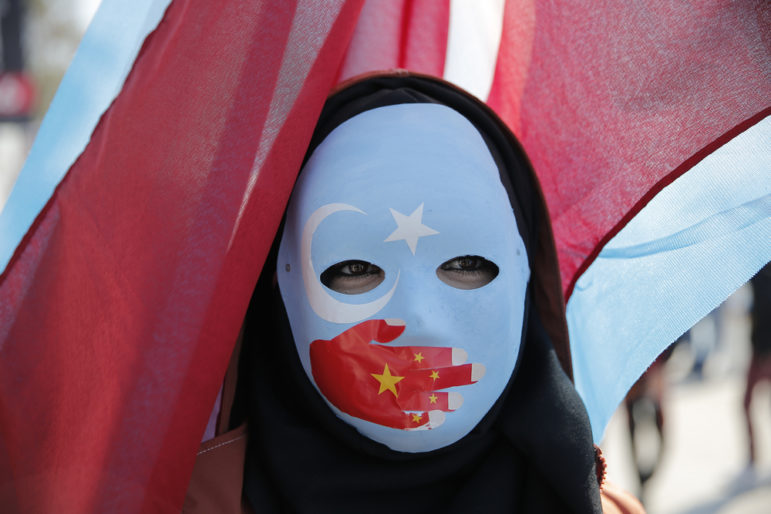
At the NICAR22 data conference, reporters from ProPublica and The New York Times revealed how they investigated an online campaign of “selfie” propaganda videos denying the mass detention of Chinese Uighurs.
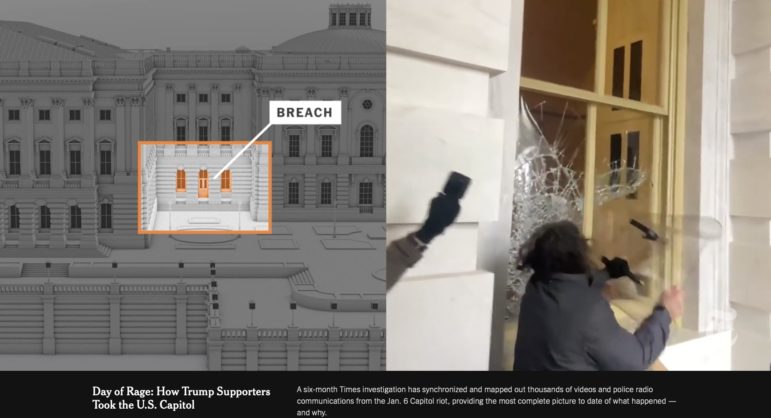
In an expert panel on visual investigations at #GIJC21, three members of the New York Times’ pioneering team showed that it is now possible to report exactly who did what, and when, at various incidents.
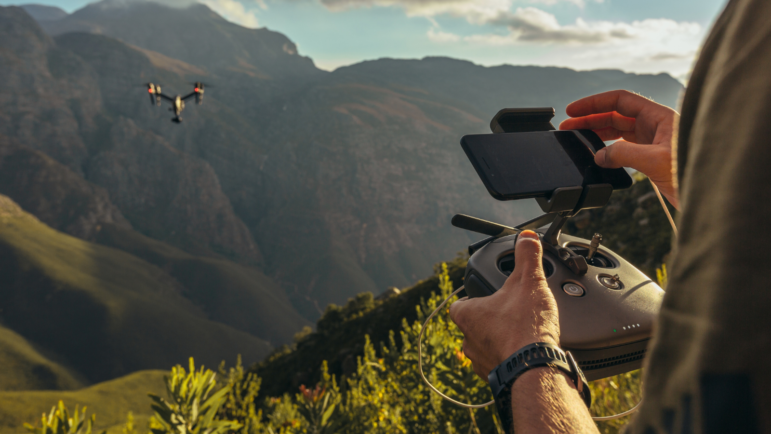
Could news media use drones to better inform the public? To procure new data or do remote fact-checking with small unmanned aircraft? Could drones protect journalists, who have been targets for violence? Enthusiasm waxed. And — a decade later — waned.

In a recent series, New York Times reporter Kevin Roose explored how one Harvard-educated woman was radicalized online by tracking the conspiracy theories and memes she shares. In this Q&A, Roose explains how the story came together.
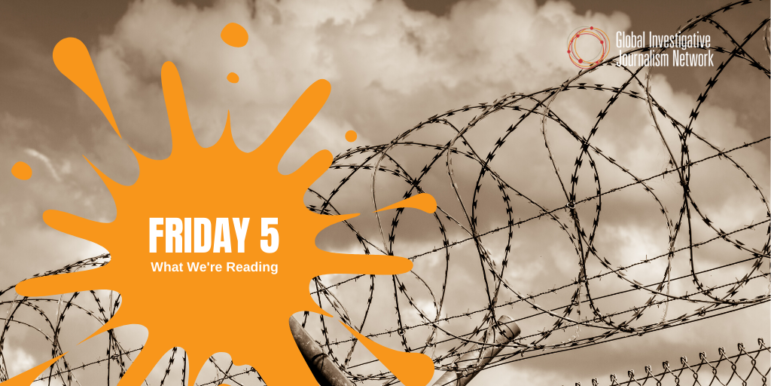
In this week’s Friday 5, where we round up key reads from around the world in English, one journalist from Zimbabwe and another from Pakistan were abducted and detained, the Reuters Institute report on Race and Leadership in the News Media was released, and NPR’s Terry Gross and The New York Times’ Michael Barbaro offered up some tips on interviewing.